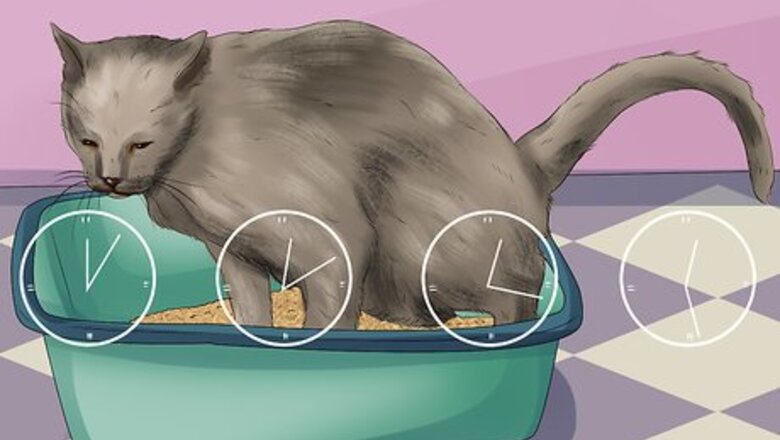
views
Identifying Symptoms of Bacterial Cystitis
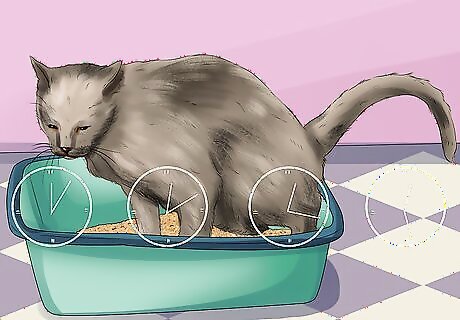
Take note if your cat is visiting its litter box more than usual. A cat with bacterial cystitis will likely try to urinate more often during the day because it produces only a small amount of urine each time. Pay attention to how often your cat visits its litter box and how long each visit lasts. A cat that is straining to urinate will usually spend more time in its litter box than a healthy cat would. As a general rule, a cat should not spend more than 2-3 minutes in its litter box per visit. Watch your cat in the litter box. If the cat appears to be straining to urinate or if the cat doesn't urinate after several minutes, there may be a severe issue, such as a blocked bladder. In this case, take your cat to the vet immediately.
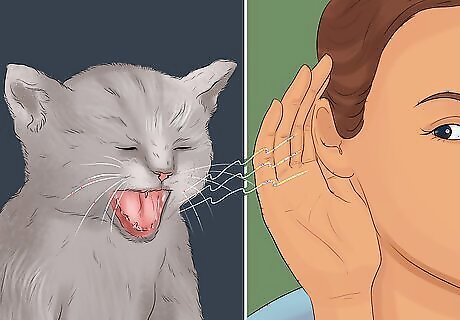
Listen for sounds of distress when your cat is trying to urinate. One of the symptoms of bacterial Cystitis in cats is discomfort when passing urine. Listen for signs of discomfort when your cat is using its litter box, such as crying or growling. Hissing or yelping may also mean that your cat is in pain.
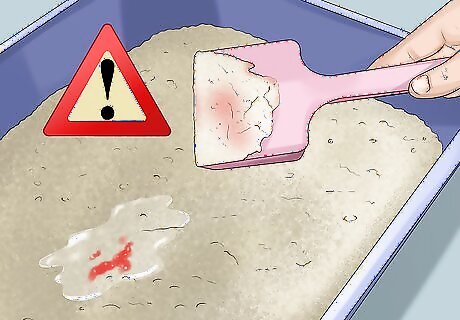
Check for blood stains in your cat's litter. Bacterial cystitis may result in blood in your cat's urine. When you clean your cat's litter box, watch out for any red stains that may be visible. If your cat urinates outside of its litter box, check the puddle for a red tint. Note that blood in your cat's urine may not always be visible, especially in its litter box.
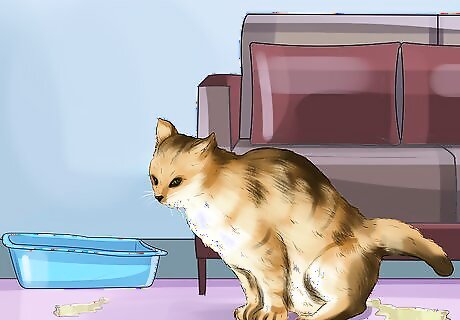
Watch out for urinary accidents. A well-trained cat leaving puddles in inappropriate places is a possible sign of bacterial cystitis. The condition can cause incontinence and accidents, which will be more evident for indoor cats than outdoor cats. Check around your home for puddles, wet spots, or the smell of urine in areas away from your cat's litter box.
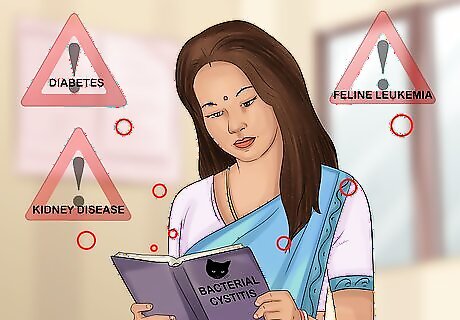
Learn the risk factors for bacterial cystitis. Certain medical conditions may leave your cat at a higher risk for developing bacterial cystitis. Monitor your cat closely if it has, or has had, bladder stones, polyps, or tumors, which can harbour bacteria and irritate the bladder. You cat may also be at a higher risk if it has a medical condition like: Diabetes Feline leukemia Chronic kidney disease
Diagnosing and Treating Bacterial Cystitis
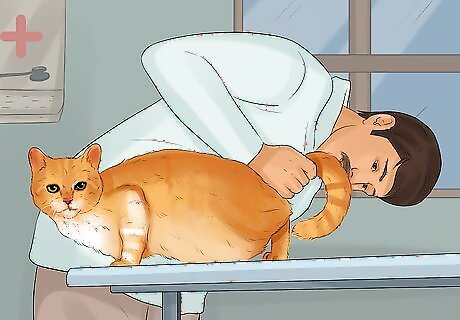
Bring your cat to the vet if you suspect any kind of bladder infection. If a cat shows any signs of urinary discomfort, it is important to get it checked out by a veterinarian. Your vet can then decide what further action is necessary in order to determine the nature of the problem. Investigations to confirm a diagnosis of bacterial cystitis may include: A physical examination. A blood screen to rule out other diseases that may cause similar symptoms. A urinalysis, which checks for abnormalities in the urine like crystals, which could irritate the bladder lining and cause inflammation. Abdominal x-rays of the urinary tract to rule out bladder stones as well as any abnormalities of the bladder shape, size, or position. An ultrasound, which is sensitive enough to detect even subtle abnormalities in the bladder.
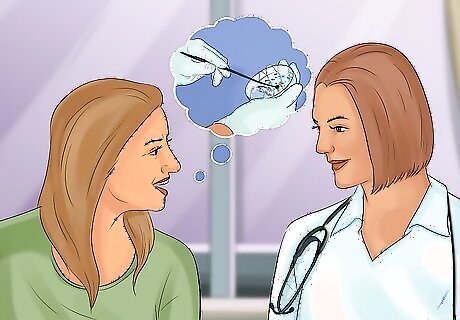
Ask your vet to perform an antibiotic sensitivity screening. There are many different types of bacteria and each is sensitive to different antibiotics. To ensure that your cat gets the right treatment for its bacterial cystitis, ask your vet if they can run an antibiotic sensitivity screening. This will ensure that you do not waste time and money administering an ineffective antibiotic to your cat. Targeted use of antibiotics in this way helps decrease the likelihood of bacteria developing antibiotic resistance. Note that not all veterinary clinics offer this screening. If your vet does not offer this screening, they will likely prescribe broad-spectrum antibiotics to target the infection.
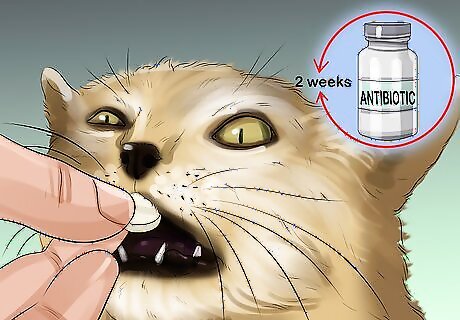
Administer the antibiotics to your cat for 2 weeks. After its initial diagnosis, simple bacterial cystitis is generally treated with antibiotics over the course of 14 days. Give your cat the drug exactly as instructed by your vet, at the same time each day. If you are unsure about how to administer the drug, ask your vet if they can demonstrate how to give the medication to your cat. Amoxicillin, cefadroxil, and cefovecin are some of the antibiotics used to treat bacterial cystitis in cats. Antibiotics are typically prescribed in pill form.

Ask your veterinarian about pain medication for your cat. Your veterinarian may prescribe an anti-inflammatory medication to ease your cat's pain while treating the infection. Follow the vet's directions exactly when administering this medication. Do not exceed the recommended dose under any circumstances. Never give your cat over-the-counter pain medications like acetaminophen, which can be fatal to felines.
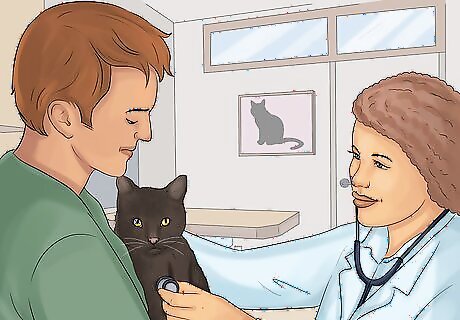
Follow up with your vet to make sure the infection is gone. Your vet may order additional urine screenings 3-7 days after the start of antiobiotic treatment to monitor your cat's condition. These tests will show if the bacteria has developed a resistance to the antibiotics. If your cat's condition has not improved, your vet will likely switch to another type of antiobiotic treatment. If your cat's condition has not improved, it may be prescribed a 4-6 week antibiotic course.
Preventing Bacterial Cystitis
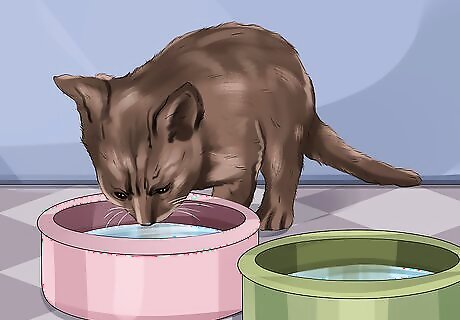
Increase your cat's water intake. Encouraging your cat to drink more water helps to dilute urine, which may prevent future incidences of cystitis. Increased water consumption will also help to reduce soreness and inflammation. Entice your cat to drink water by putting out extra water bowls for it to drink from or flavoring its water with a small amount of salt-free broth. Simple things like changing the cat's diet from dry to wet food can help to increase water intake. Some cats prefer to drink running water, which can be easily provided with a pet drinking fountain.

Switch your cat from dry food to wet food. As a general rule, wet foods and food with a high water content can benefit a cat's urinary health and help prevent infections. Wet foods are about 70% moisture, which can help dilute your cat's urine and lower the risk of infection-causing crystals. Ask your vet to recommend a wet food brand that is healthy and low in preservatives. Dry cat foods are often high in minerals, which can lead to urinary infections and bladder issues. Introduce new foods to your cat gradually to avoid digestive issues.

Talk to your vet about putting your cat on a special urinary health diet. There are several prescription diets available which optimize urinary health. These foods contain synthetic substances that artificially control the pH of your cat's urine.Ask your veterinarian if a urinary health diet is right for your cat.














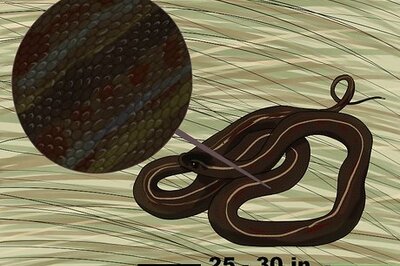





Comments
0 comment